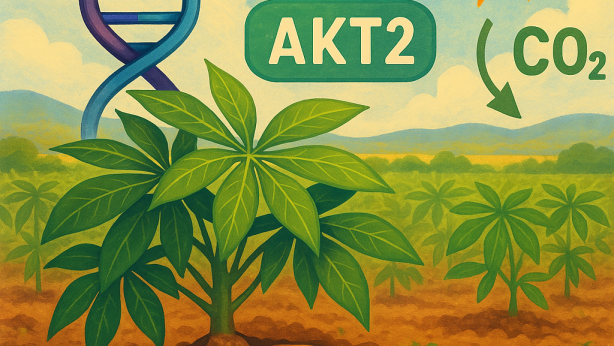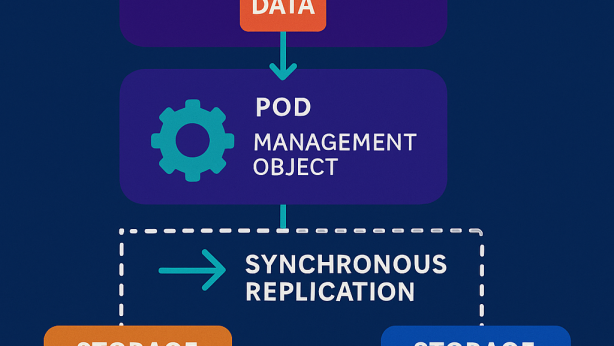Isolation And Characterization Of The Nuclear Proteome
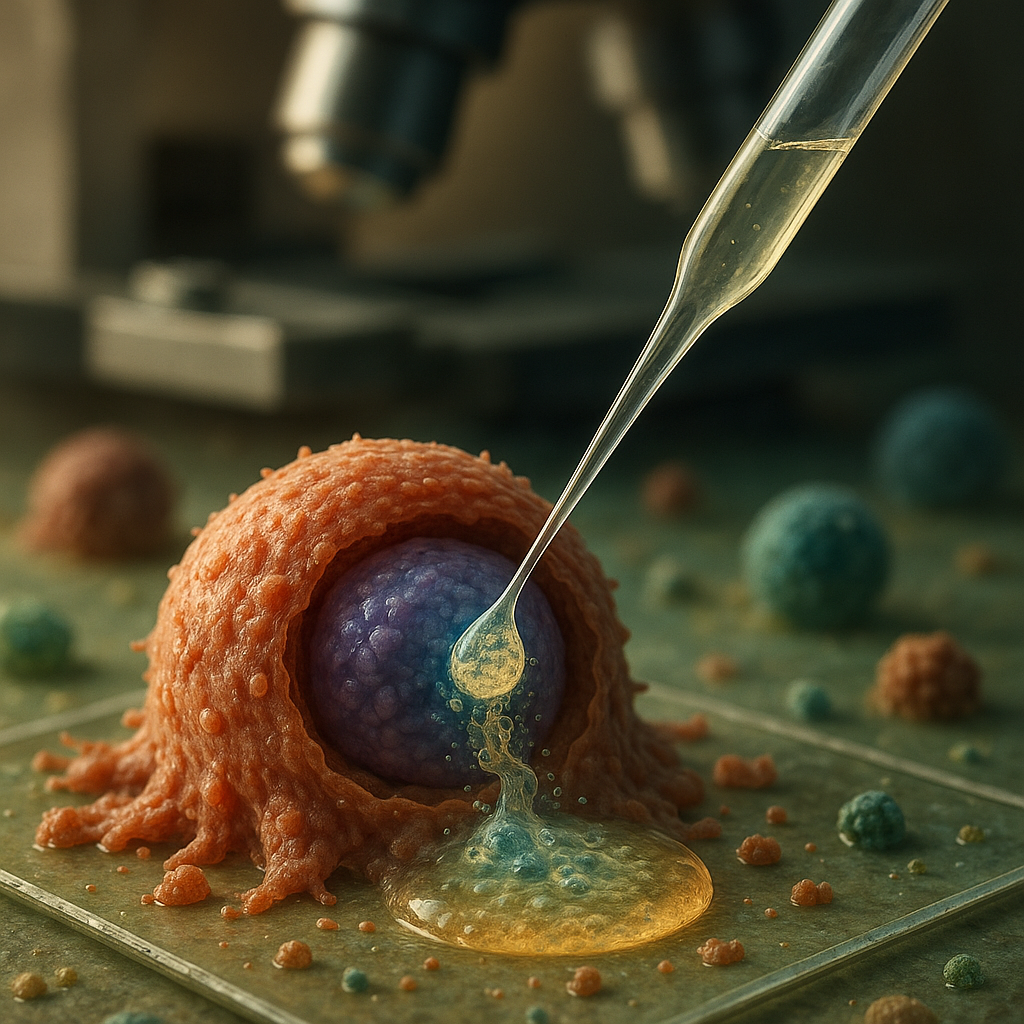
Invented by Federation; Alexander J., Stamatoyannopoulos; John A.
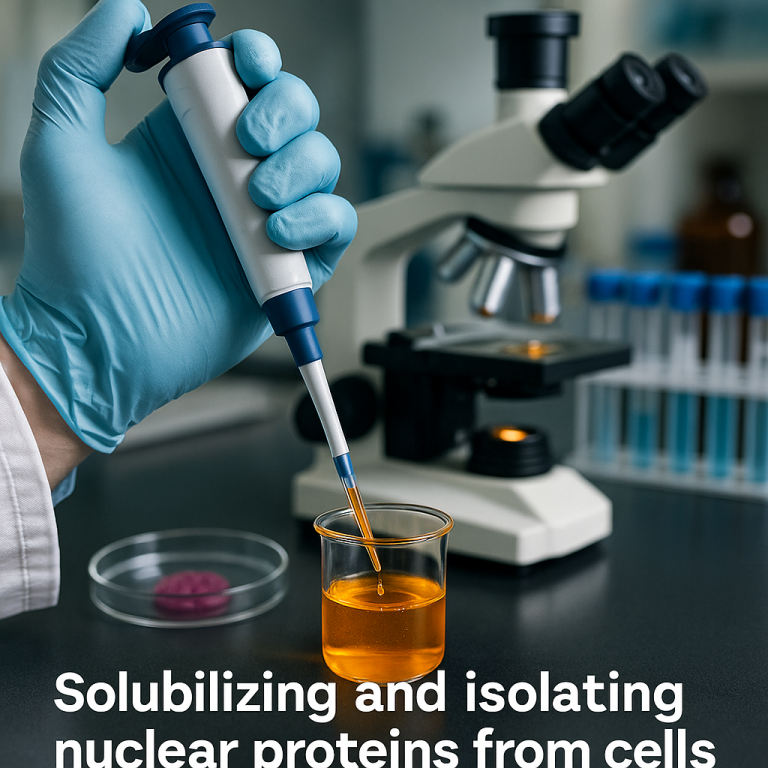
Imagine being able to look inside the control center of a cell—the nucleus—and see exactly what is happening with all the key proteins that drive life, health, and disease. That is exactly what this new patent application offers: a simple, powerful way to analyze nuclear proteins with great precision. In this article, we will break down this new method, explain why it matters, and show you how it could change research in medicine, biology, and drug discovery.
Background and Market Context
Understanding what happens inside the cell’s nucleus is a big challenge in science. The nucleus is like the brain of the cell, holding its DNA and managing important processes like growth, repair, and response to outside signals. Proteins in the nucleus help switch genes on and off, repair DNA, and control the cell’s fate. Because of this, knowing which proteins are present and how they change can help us understand diseases like cancer, find new drug targets, and even track how cells respond to treatments.
But, until now, studying these nuclear proteins has been very hard. Most existing methods struggle because many nuclear proteins are rare, deeply hidden inside chromatin (the mix of DNA and proteins that makes up chromosomes), or heavily modified after they are made. These issues make it tough to pull them out of the cell in a form that can be studied, especially with methods like mass spectrometry, which can detect tiny changes but need a clean, clear sample to work well.
The market for proteomics—the study of all proteins in a cell—is exploding. Drug companies, academic labs, and hospitals all want better ways to study nuclear proteins. This is especially true for drug discovery, where finding new targets inside the nucleus can lead to life-saving medicines. The ability to compare nuclear proteins in different cell types, disease states, or after treatment with drugs or gene editing tools (like CRISPR) is in high demand. There is also a big need in cancer research, regenerative medicine, and personalized medicine to track changes in nuclear proteins over time.
So, the need for better, more reliable, and easier methods to study nuclear proteins is greater than ever. This new invention answers that need, offering a way to separate and study nuclear proteins from any kind of cell, including hard-to-study samples like tumors or genetically edited cells. By making it easier to get clear, rich samples from the nucleus, this method opens the door to new discoveries, faster drug development, and better disease tracking.
Scientific Rationale and Prior Art
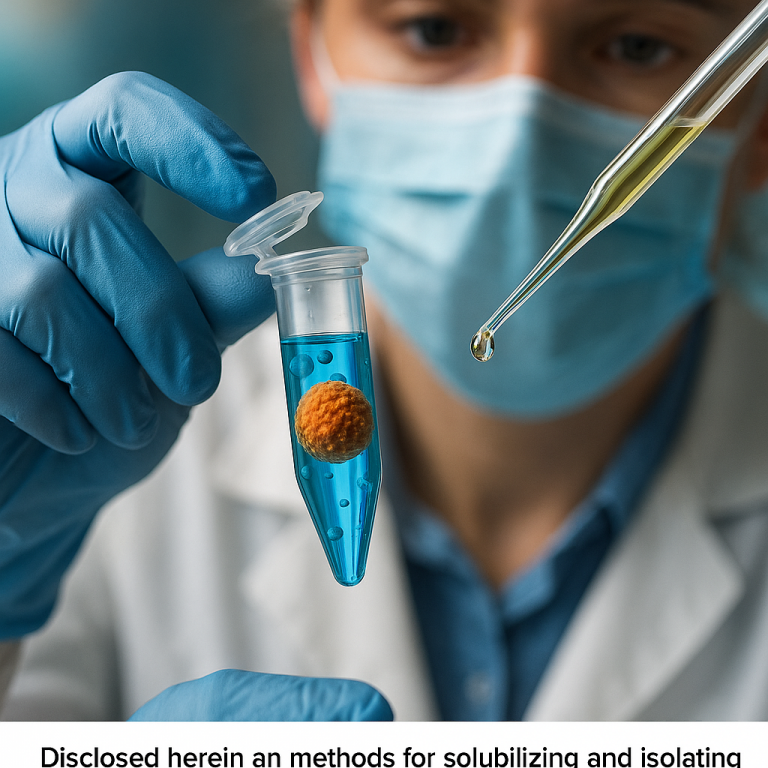
Scientists have long known that the nucleus is full of important proteins that control genes and cell behavior. But isolating and analyzing these proteins is not easy. There are a few reasons for this. First, many nuclear proteins are present in very small amounts compared to the more common structural proteins and histones (proteins that DNA wraps around). Second, many of these proteins are stuck to chromatin, making them hard to extract. Third, they often have complex chemical modifications, making them tricky to study.
Traditional methods to study nuclear proteins often use harsh chemicals or complex labeling steps. For example, some approaches use isotope labeling, where proteins are tagged with special markers. While this helps with detection, it is expensive, time-consuming, and not very flexible—especially when many samples need to be compared. Other methods use strong detergents or salts to break open cells and pull out proteins. But these can damage the proteins or miss important ones stuck in the chromatin.
Another problem is that some buffers (the solutions used to keep proteins stable) contain “polycations” like spermidine and spermine. These molecules help keep DNA and proteins together, but they also make it harder to separate out the nuclear proteins for study. Removing these polycations can make it easier to extract the proteins of interest.
Some researchers have tried using different detergents or salt concentrations to separate proteins from different parts of the nucleus. For example, adding salt can help pull out certain proteins, while others remain stuck. But often, these methods are not very sensitive, miss low-abundance proteins, or cannot tell you where in the nucleus the proteins came from.
Mass spectrometry, a key tool for protein analysis, has also improved. New methods like data-independent acquisition (DIA) allow for a broader and more sensitive look at all proteins present, without needing special labels. But to get the most out of mass spectrometry, you need to start with a well-prepared, clean, and rich sample.
This is where the new invention stands out. It combines simple, gentle steps to separate and extract nuclear proteins without the need for expensive labeling or harsh chemicals. By using specific buffers that do not contain polycations, tailored detergents like NP40, and specific salts like sodium chloride, the method allows for clean separation of nuclear proteins—including those that are hard to reach or present at low levels. It keeps histone proteins in the chromatin, letting you focus on the other nuclear proteins that are harder to study. And, it works with many different types of cells, from common lab lines to patient samples.

In short, while many methods have tried to tackle the problem of nuclear protein analysis, most fall short when it comes to sensitivity, flexibility, cost, or ease of use. This new method addresses those gaps, offering a practical and powerful solution.
Invention Description and Key Innovations
This new patent describes a detailed and stepwise method for pulling out and studying nuclear proteins from cells. Let’s walk through the main steps and see what makes them special.
First, the cells are suspended in a buffer that does not contain polycations like spermidine or spermine. By leaving these out, the method prevents unwanted sticking between DNA and proteins, making it easier to separate the nuclear proteins later on.
Next, the cells are treated with a detergent—ideally NP40, at a low concentration. This detergent gently breaks open the outer cell membrane while leaving the nucleus intact. This allows researchers to collect the nuclei without damaging the proteins inside.
The nuclei are then separated from the rest of the cell parts. This is usually done by spinning them down in a centrifuge. At this point, the nuclei are isolated and ready for the next step.
To extract the nuclear proteins, the isolated nuclei are resuspended in a second buffer. This buffer still does not have polycations, but it does have a salt (like sodium chloride). The salt helps to loosen proteins from their attachments without breaking the whole structure apart. In some versions, EDTA is also added to keep proteins stable and prevent unwanted reactions.
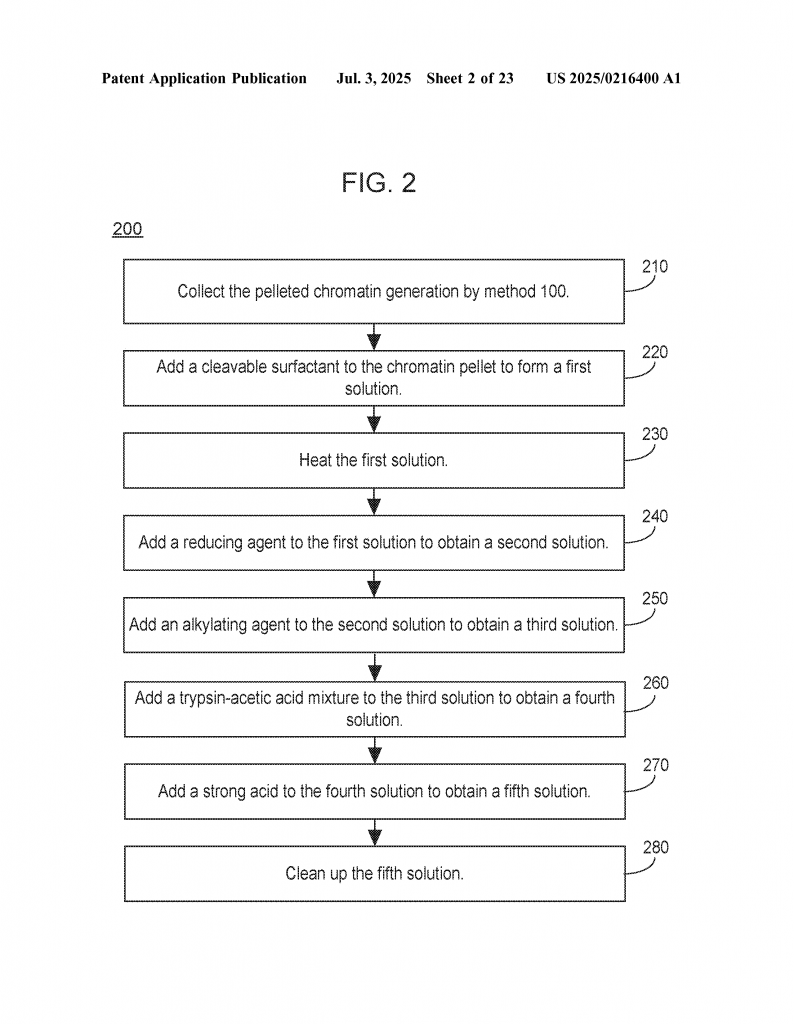
After incubation, the mixture is spun again to separate out the insoluble chromatin (which keeps the histone proteins locked away). The liquid on top—the supernatant—is now rich in the nuclear proteins of interest, but free from most of the sticky chromatin and histones.
This supernatant is then ready for analysis by mass spectrometry, using modern DIA techniques. This allows researchers to identify and measure even small amounts of nuclear proteins, including transcription factors and other rare proteins that are often missed.
What really sets this method apart is its flexibility and ability to focus on the nuclear proteins that matter most. By adjusting salt concentrations and buffer conditions, researchers can even separate proteins from different parts of the nucleus (like nucleoplasm, euchromatin, heterochromatin, and the nuclear membrane). This gives a much more detailed picture of what is happening inside the nucleus.
The method can also be used in many different ways:
– Comparing nuclear proteins from different cell types, treatments, or disease states.
– Measuring how nuclear proteins change after drug treatment, gene editing, or other interventions.
– Tracking the thermal stability of nuclear proteins, which can show how drugs or mutations affect protein structure.
– Characterizing the nuclear effects of new drugs, especially those designed to degrade specific proteins.
Additional steps are also described for preparing the proteins for mass spectrometry. These include adding surfactants to help break up protein complexes, using reducing and alkylating agents to unfold proteins and prevent unwanted bonds, and digesting the proteins with trypsin so they are in the right form for measurement. Each step is carefully optimized to keep the proteins as clean and intact as possible.
The invention even describes how to automate parts of the process, making it scalable for high-throughput studies across many samples. By keeping the method simple, it is easier to use in both research and clinical settings. And, because it does not use expensive labels or harsh chemicals, it is accessible to more labs and more types of samples.
To sum up, the key innovations are:
– Using buffers without polycations to improve protein extraction.
– Gentle detergent treatment to isolate nuclei safely.
– Salt-based extraction to pull out nuclear proteins while leaving histones behind.
– Mass spectrometry-ready sample preparation with high sensitivity.
– Flexible design for use with many cell types, conditions, and treatments.
– Ability to separate and analyze proteins from different nuclear sub-compartments.
– Compatibility with modern mass spectrometry (DIA) for comprehensive protein profiling.
This method fills a major gap in the field, opening up new ways to study the nucleus and its proteins in health and disease.
Conclusion
This new method for analyzing nuclear proteins is a breakthrough for researchers everywhere. It takes what was once a very hard and messy job and makes it simple, reliable, and powerful. By focusing on gentle extraction, smart buffer design, and compatibility with the latest mass spectrometry tools, it lets scientists see the full picture of what is happening inside the nucleus. This will speed up drug discovery, help us understand diseases better, and open the door to new treatments and diagnostics. If you work in life sciences, medicine, or drug development, this is a tool you will want to know about—and use.
Click here https://ppubs.uspto.gov/pubwebapp/ and search 20250216400.
